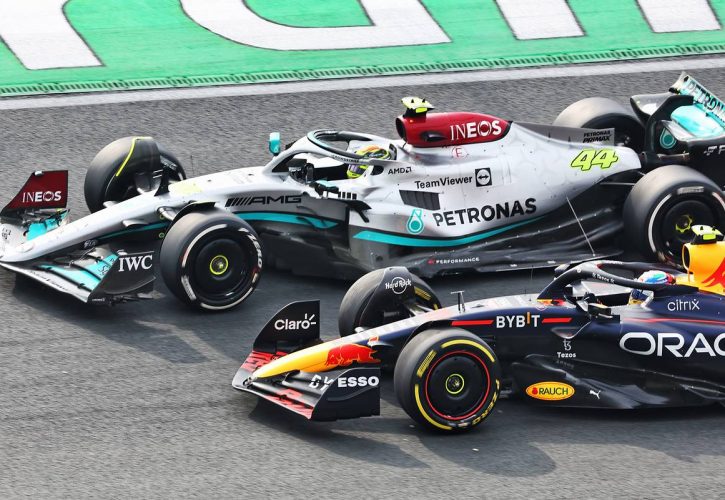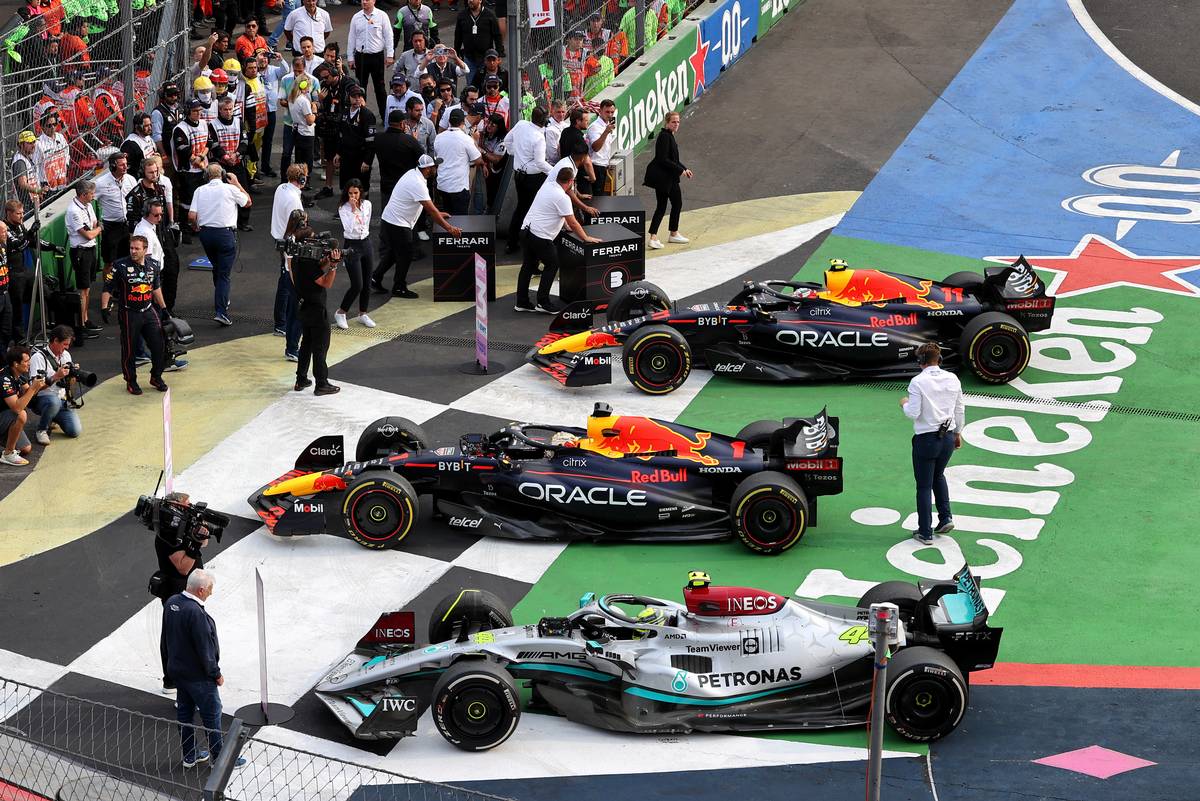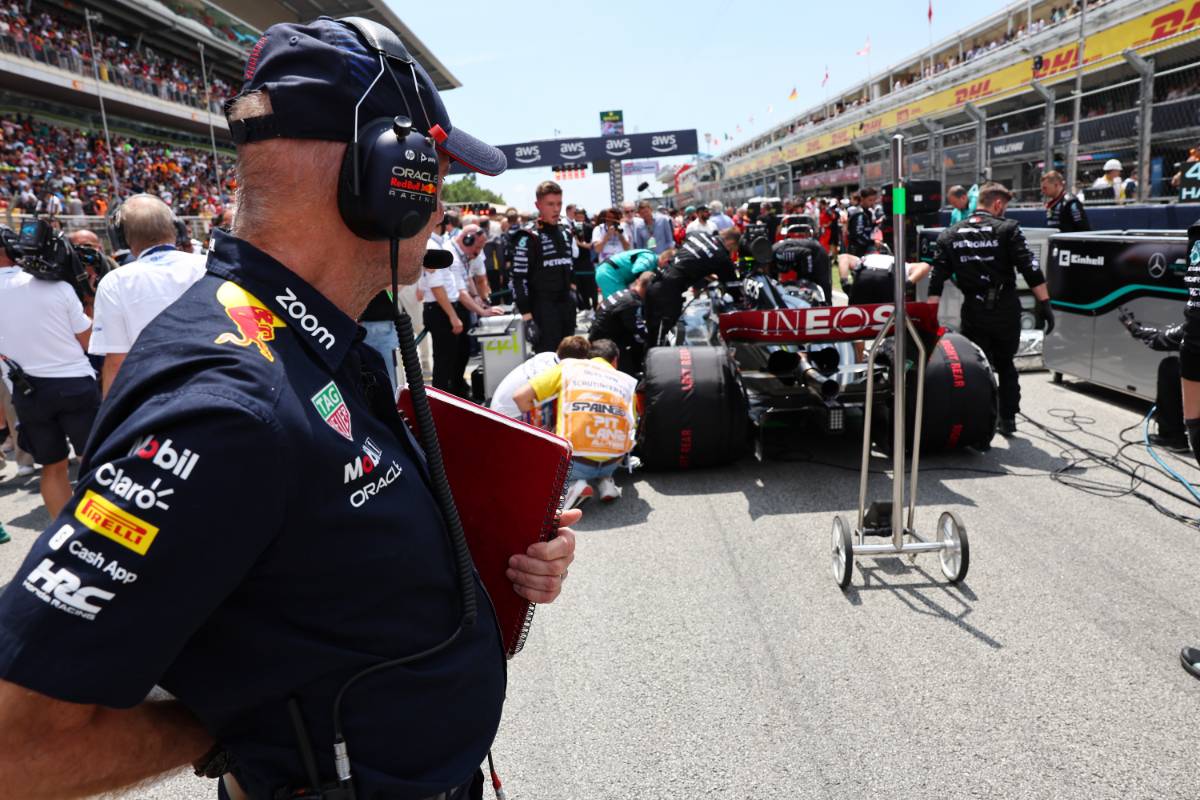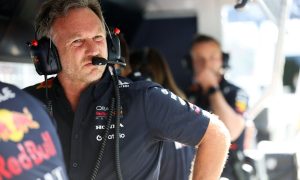
Red Bull's head of performance engineering Ben Waterhouse has revealed that Mercedes' campaign to introduce measures to combat porpoising in 2022 ended up backfiring on the German manufacturer.
Mercedes had been at the top of Formula 1 ever since the start of the modern hybrid engine era came into effect, but that dominance ended abruptly at the start of 2022 with the introduction of new aerodynamic regulations.
The return of ground effect aerodynamics caused major headaches not just for Mercedes but a number of teams on the grid who did not anticipate the phenomenon of porpoising to be such an issue.
That's where the ground effect sucks the car down to the track, but the seal is broken by bumps in the track causing the car to briefly pop up before reengaging again, resulting in a visible 'hopping' down straights.
Mercedes grew concerned that the vibration was proving harmful to drivers and campaigned for changes to the regulation son safety grounds. But Waterhouse believes that this actually ended up benefitting Red Bull.
“If you roll back nearly two years, it was all about how do we understand these new regulations, how do we optimise all the different parameters?," Waterhouse told Racecar Engineering. “But there's still a huge number of unknowns.
"Yes, you know something about the tyre," he continued. “Yes, you have an idea of what the aero maps are going to be. But until you actually see it for real, you're never really certain.
Red Bull largely by-passed problems with porpoising thanks to designer Adrian Newey being aware of the issues from his time at Williams in the 1990s when ground effect aerodynamics had last been allowed.

It meant that year's RB18 was head and shoulders above the Mercedes and Ferrari cars, and that gap only grew wider in 2023.
“Having had the whole season with RB18, we knew it was a very good car [but one which] also had plenty of limitations,” said Waterhouse. “It meant we had a very clear focus of what we wanted to do to improve it and make it better.
“The RB19 started in a much better position. It's no secret that RB18 started overweight, and it remained to some degree overweight throughout the season," he admitted. “So there was free lap time in the RB18 which we realised in the RB19.
The changes introduced by the FIA in response to Mercedes' calls for new safety measure then played into that process, Waterhouse explained.

“In the RB18 there were issues with, for example, floor edges touching the ground regularly, he said. "There was damage, which was occurring to strakes and components of the floor.
"From our side it wasn't a disaster to have to then raise the floor edge to prevent those sorts of details," he said. "You move into a less sensitive area from an aerodynamic perspective when you're not interacting with the ground quite so closely.
"We didn't feel that we were the worst in terms of bouncing, but we perhaps didn't exploit ground contact of the floor as much," he added. "So I think for us it was not such a bad detail.”
Keep up to date with all the F1 news via Facebook and Twitter







